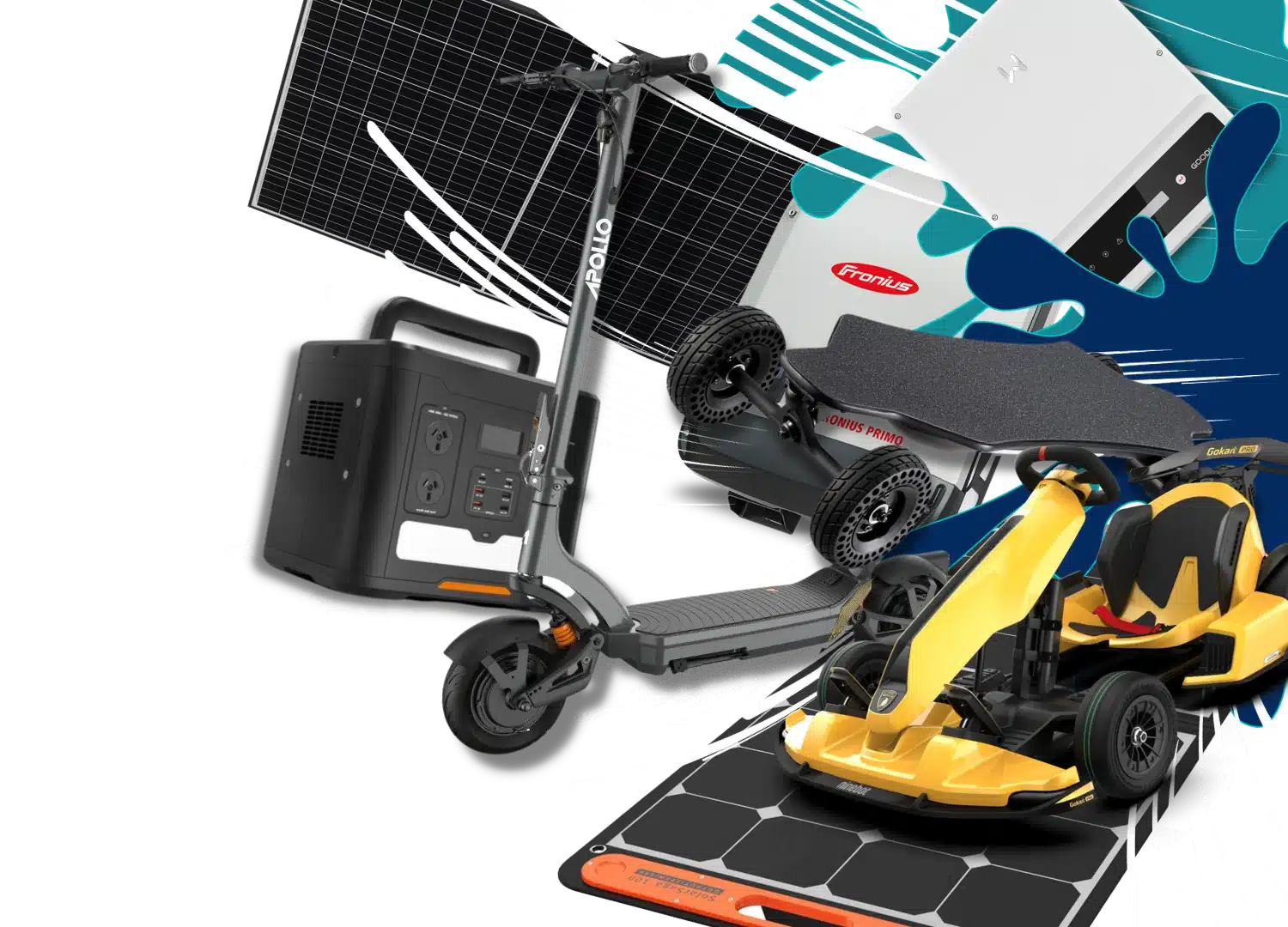The Energy Matters Marketplace offers a wide range of eco-friendly products designed to support sustainable living*. From solar panels and energy storage solutions to energy-efficient appliances, the marketplace helps Australians reduce their environmental footprint. Customers can explore a variety of green technologies and make informed decisions on products that align with their goals for sustainability. Energy Matters Marketplace emphasises convenience and quality, providing trusted, eco-conscious options for homes and businesses alike.

*Energy Matters Marketplace operates as an affiliate seller, not a direct retailer. All purchases and transactions are conducted through third-party affiliate platforms. Energy Matters does not handle any financial transactions, nor do we take responsibility for the accuracy of information listed by affiliates or the quality and performance of the products purchased. Buyers are advised to carefully review the affiliate seller’s policies and product details before making a purchase.
Subscribe today to keep up to date with all things renewable, get the latest news, and receive fantastic deals.








Serving Canberra, ACT; Sydney, NSW; Melbourne, Victoria; Adelaide, SA; Perth, WA; Brisbane, Queensland; Hobart, Tasmania; most Australian cities and regional areas including Gold Coast, QLD and Newcastle, NSW.
© 2005-2024 Energy Matters | ACN: 632 317 545 | ABN: 41 632 317 545